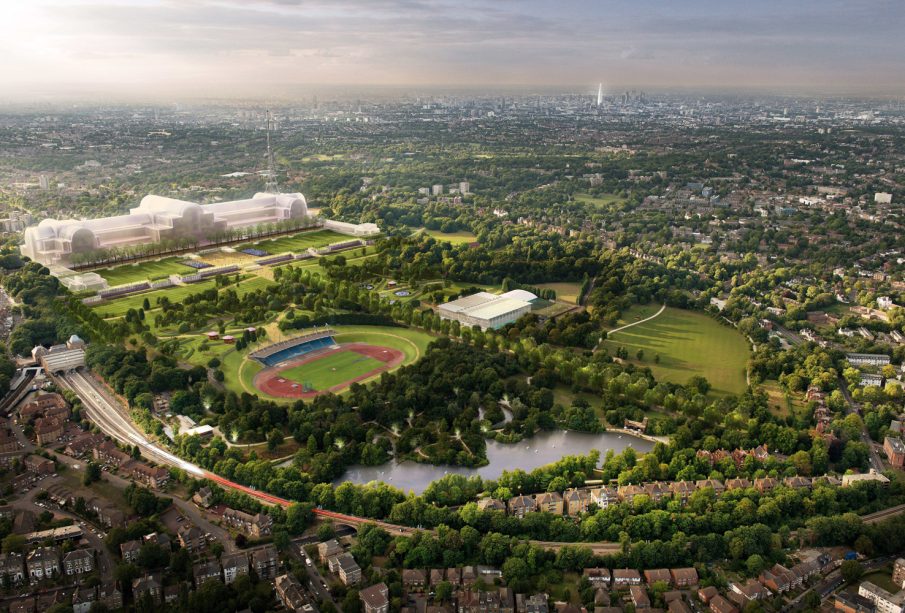Exploring the Historic Charm of Crystal Palace Park

Introduction
Crystal Palace Park, located in South London, is a treasured green space that reflects both natural beauty and historical significance. Originally created for the Great Exhibition of 1851, the park showcases Victorian landscaping, iconic structures, and a rich cultural heritage. With rising interest in outdoor activities and community spaces, the importance of preserving and promoting parks like Crystal Palace has never been more relevant.
A Historical Overview
The park is built on the site of the Crystal Palace, a vast iron and glass structure designed by Joseph Paxton that housed the Great Exhibition. Unfortunately, the original Crystal Palace was destroyed by fire in 1936, but the park has retained its role as a public leisure space. Today, visitors can still see the remnants of the Crystal Palace’s grandeur, including the impressive stone terraces and the famed dinosaurs, which were installed in the 1850s and represent one of the world’s first dinosaur sculptures.
Recent Developments and Events
In recent years, Crystal Palace Park has undergone numerous restoration projects aiming to enhance its historical features and improve recreational facilities. Local councils have invested in initiatives to rejuvenate the park’s natural biodiversity. In addition, community events such as seasonal fairs and guided walks have been organised to promote local engagement and celebrate the park’s heritage. Families and fitness enthusiasts also frequent the park, which offers playgrounds, sports facilities, and scenic walking paths.
The Importance of Crystal Palace Park
The role of Crystal Palace Park extends beyond leisure; it serves as a vital ecological site amid urban London. With its diverse flora and fauna, the park contributes to local biodiversity and provides an essential habitat for wildlife. Furthermore, it acts as a community hub, encouraging physical activity and social interaction among residents. As urbanisation continues to increase, maintaining such green spaces is crucial for enhancing the quality of life in the city.
Conclusion
As we look to the future, it is evident that Crystal Palace Park holds a significant place in London’s cultural and environmental landscape. The ongoing dedication to its preservation ensures that not only will future generations enjoy its beauty and tranquility, but it will continue to be a key player in promoting sustainability and community spirit. The historic charm and lush surroundings of Crystal Palace Park invite both residents and tourists to explore its wonders and appreciate its remarkable history.









